 |
|||
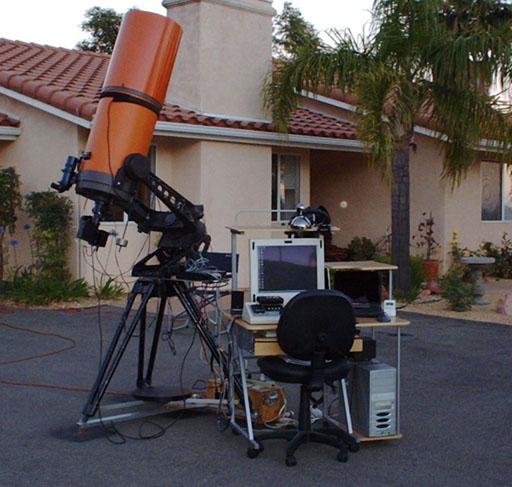 |
|||
Above is the setup I used to collect the spectra data. I used the 14-inch telescope with the DSS-7/ST-402ME and I tried a ST-5C as an auto guider (which was a failure). One problem with trying to collect data about a comet is that it is quickly moving across the sky while you're trying to image it. Then it is very faint in brightness. Next the sky glow from the light pollution in near by San Diego is overwhelming to your data if you are learning how to deal with it for the first time. Finally, there is only a small 20 micron slit in the spectrograph to image through. The DSS-7 was made to do spectra on bright and large objects like nebula and galaxies. Hence the name "deep sky spectrograph". So I was pushing the DSS-7 to see if this even could be done. |
 |
||||
 |
||||
 |
||||
Above are three full frame images of comet Temple 1. The upper left was a test image taken prior to the Deep Impact event. Upper right
was an image at impact, and the lower image is just after the impact. You can see the increase in brightness due to the impact from the NASA projectile that hit the comet. The small white border rectangle was the
reference for the 20 micron slit opening in the DSS-7. This is were I had to keep the comet. I had to repeatedly move the telescope ahead of the comet so it could drift across the slit during a 300 second
exposure. But now looking back, I should have rotated the DSS-7 to have the comet track long the slit. Needless to say, I captured more sky glow from San Diego than light from the comet. After processing the image
data, none of it was usable to create any spectral data, but I got a lot of good skyglow data. A lot was learned from this adventure. I also imaged supernovae SN2005cf and had similar poor results. I had a long
way to go to perfect spectroscopy technics. In March 2009, I bought a used DSS-7 and ST-402ME and started to practice using the equipment in my spare time. Once again I used the Celestron C-14 and image various galaxies,
nebula, stars, and planets. I used an old Celestron off-axis guider between the DSS-7 and the C-14 which I modified to flood the inlet of the DSS-7 with a neon lamp. Here are some of the better graphs created with that
setup and |
|||
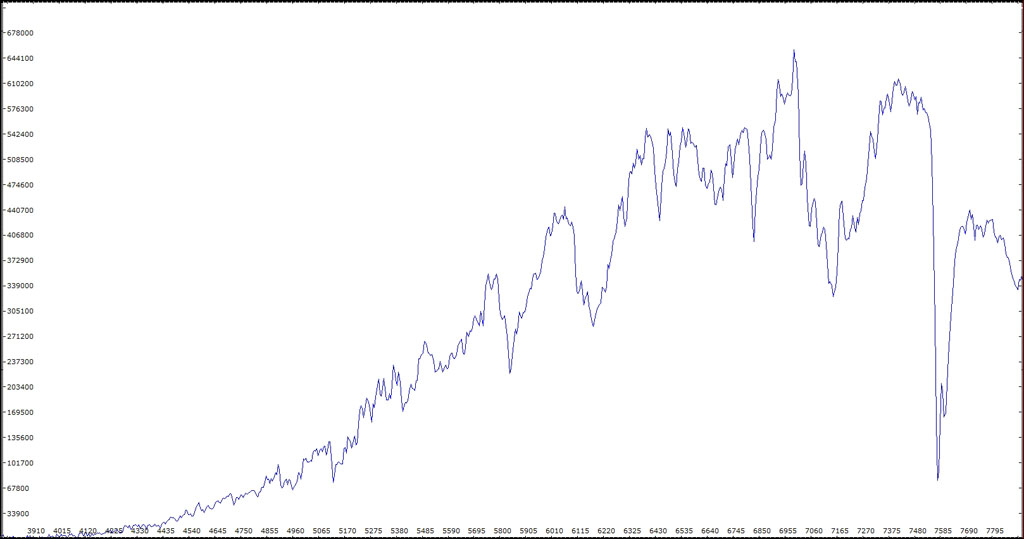 |
|||
 |
|||||||
The star Antares, 50 micron slit, 2-second exposure. |
|||||||
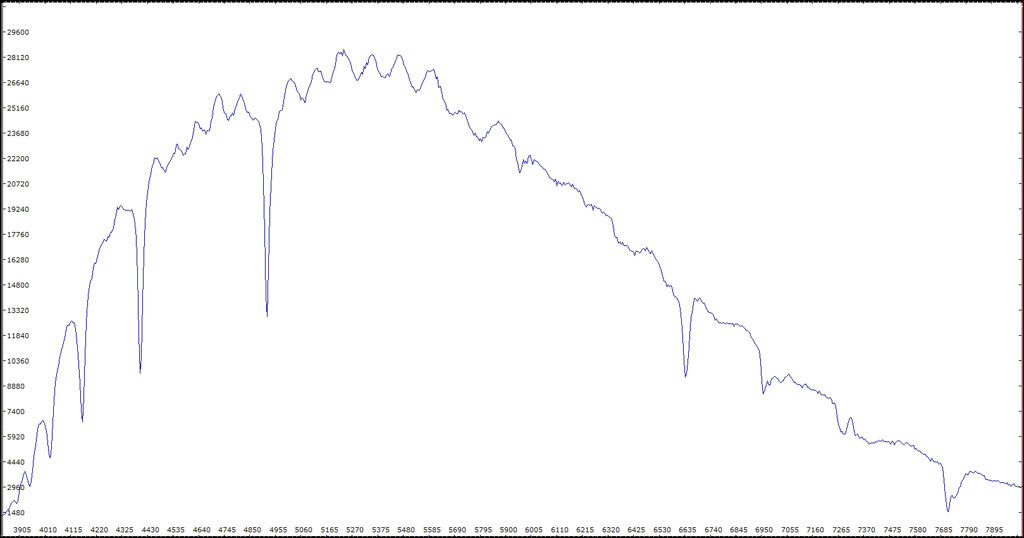 |
|||||||
 |
|||||||
The star Vega, 50 micron slit, 2-second exposure. |
|||||||
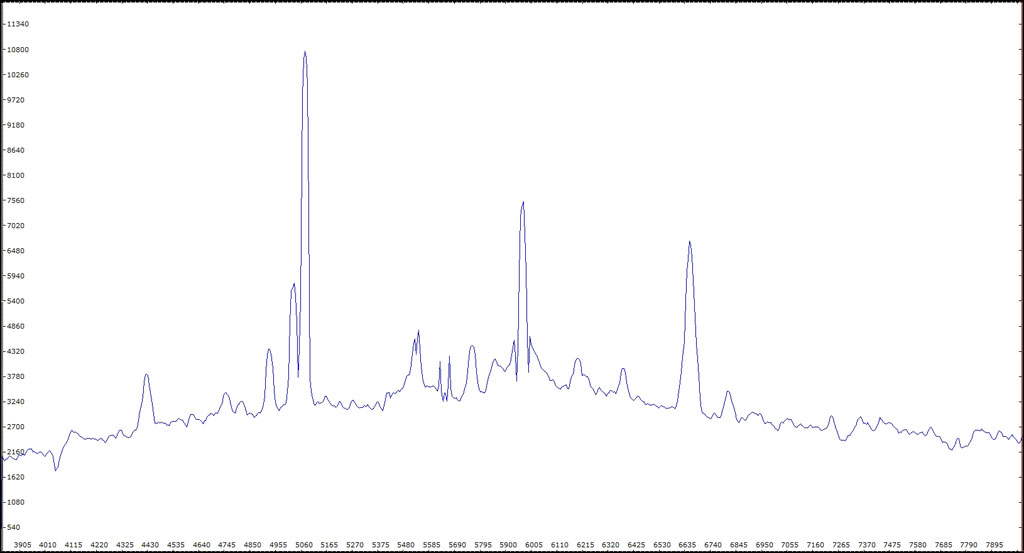 |
|||||||
 |
|||||||
The Dumbell Nebula M27, 100 micron slit, 900-second exposure. |
|||||||
 |
|||||||
 |
|||||||
The Orion Nebula M42, 100 micron slit, 20-second exposure. |
|||||||
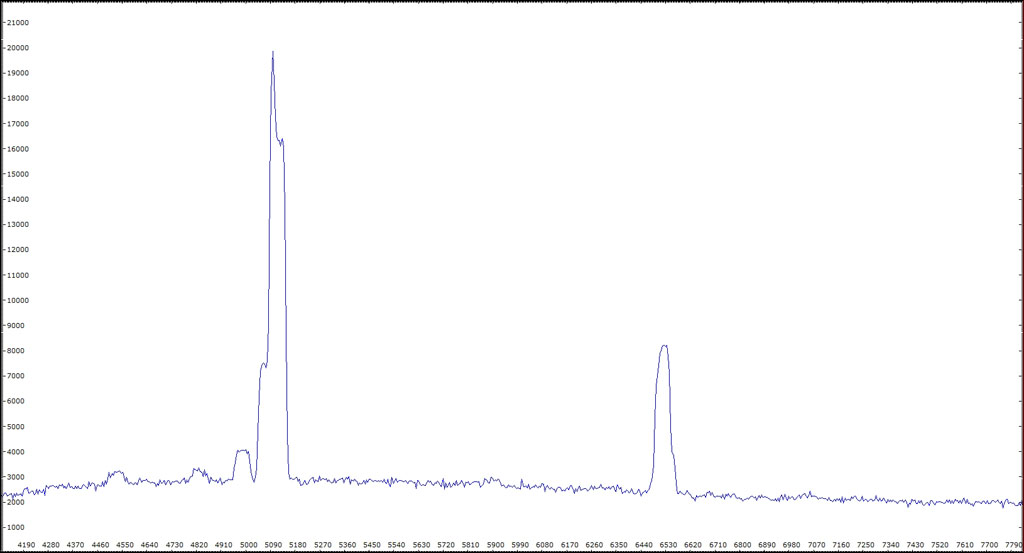 |
|||||||
 |
|||||||
The Eskimo Nebula NGC2392, 100 micron slit, 20-second exposure. |
|||||||
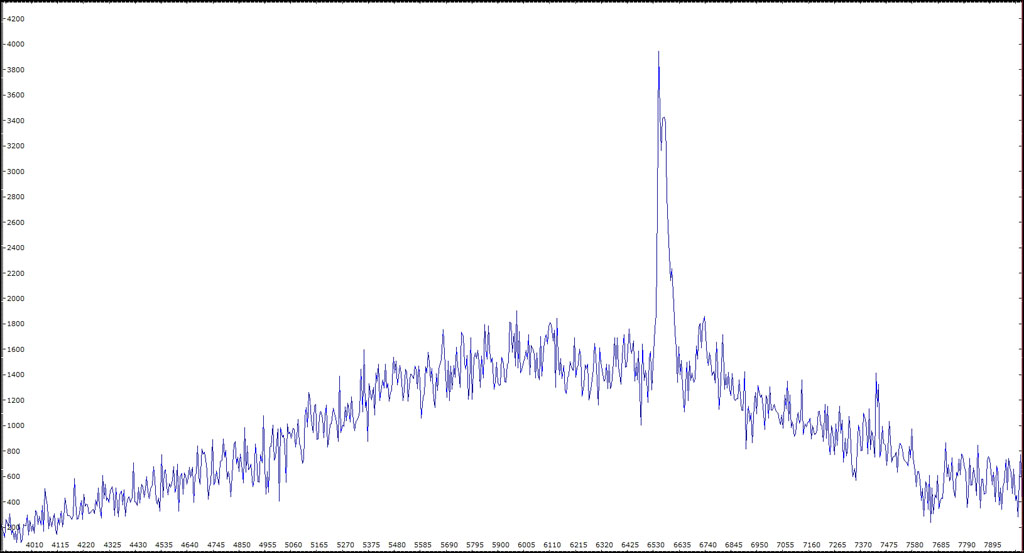 |
|||||||
 |
|||||||
The Galaxy M82, 200 micron slit, combination of three 60-second exposure. |
|||||||
 |
|||||||
 |
|||||||
The Planet Saturn, 50 micron slit, 1-second exposure. |
|||||||
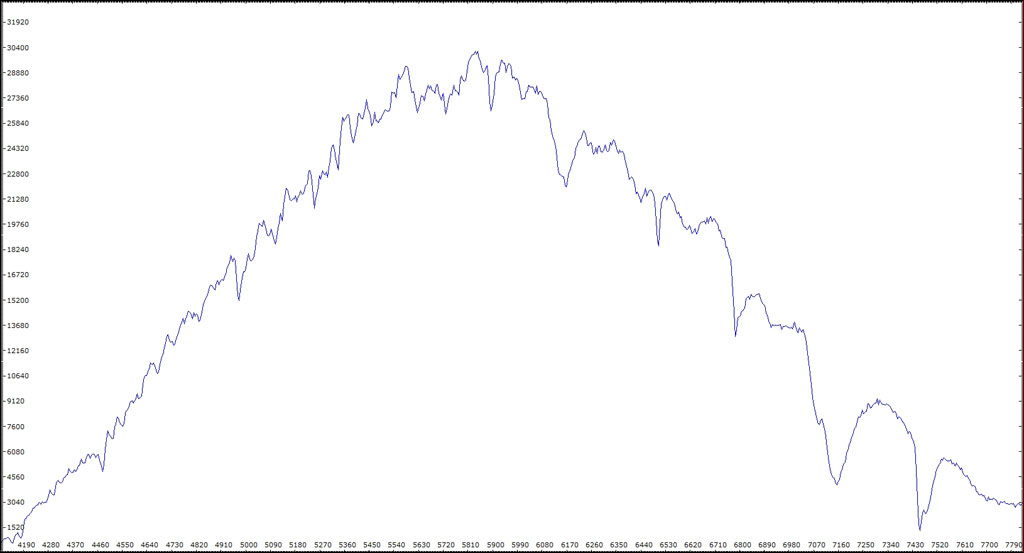 |
|||||||
 |
|||||||
The Planet Jupiter, 50 micron slit, 0.1-second exposure. |
|||||||
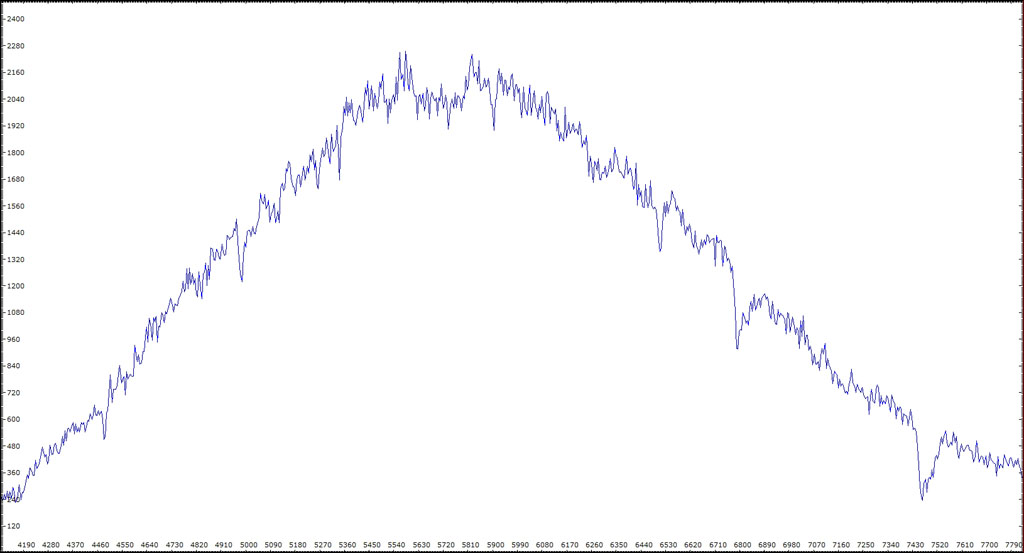 |
|||||||
 |
|||||||
The moon of planet Jupiter, Callisto, 50 micron slit, 2-second exposure. |
|||||||
All of the above graphs were calibrated with neon gas emission lamp . No bias subtraction, flat fielding or atmosphere water correction was including in the processing. This was my first round of data collection with a lower resolution spectrograph. In May 2010, I sold the DSS-7 and purchase a used Lhires III spectrograph with 150, 300, 600, 1200, and 2400 line gratings. I have a ST-8XME for data collection and a ST-402XME for autoguiding. That will be the next challenge and the next phase of data collecting.
|
|||||||
All the images in this site are © Copyright 1999 to Infinity by Kevin Hearst. |
|||||||